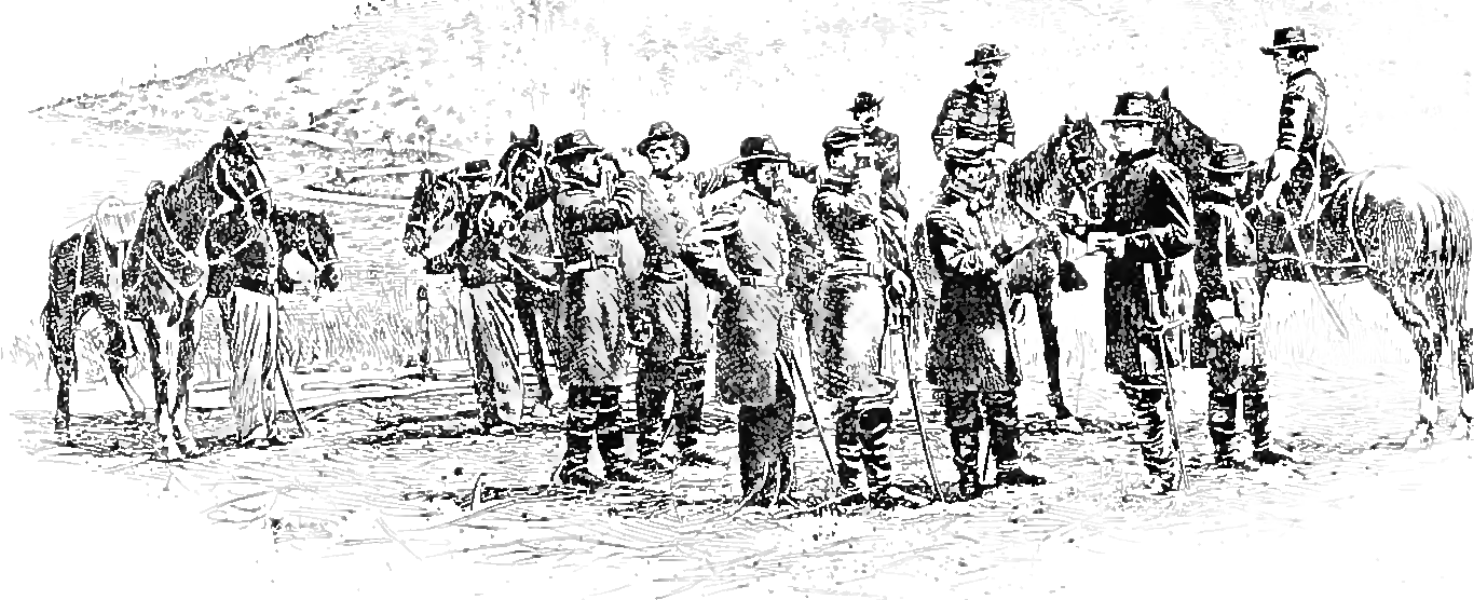<![CDATA[The First Europeans were believed to have encountered all sorts of earthworks when they first set foot on Ohio Valley in North America. John Hancock, an architectural historian at the University of Cincinnati, believes that one of the main reasons why Native American earthworks were so unique and mysterious to European settlers was their subtle geometrics and huge size. This made them extremely different to earthworks found in Europe at the time. Europeans began to interact with Native Americans in order to learn more about these strange structures. New research suggests that although most of the local tribes along the eastern Woodlands knew about the existence of these earthworks, they had no idea about their original purpose or meaning. The Journal of Ohio Archaeology has published a testimony about the ancient earthworks in its current issue. This testimony helps shed light on the fact that the people who lived in the Ohio Valley in the 18th and 19th centuries actually had very little idea about what the earthworks had been built for. In the year 1772, David McClure, a Presbyterian missionary, asked the Delaware Indians about several ancient earthworks. His reports state that the locals had no idea about the builders or the designs. Similar accounts were also given to anthropologist Henry Rowe Schoolcraft, who recorded that the locals believed that the earthworks were built by their ancestors to protect the colonies from monsters, wild animals and giants. While most tribes ignored these earthworks, some were in awe of them and held great respect for the ancient relics. Warren Moorehead, the first curator of archaeology at the Ohio History Connection, had heard a story in his youth about Shawnee Indians who visited the local Fort's ancient earthworks, located in Southwestern Ohio, in order to pay homage to the spirits of their makers. On the other hand, Joshua Clark, a historian from the nineteenth century, reported that there was a tradition among Iroquois that earthworks were believed to be theatres of blood. He said that the locals refrained from visiting regions close to these ancient forts and the adjacent burial grounds. As a result of the lack of knowledge about these earthworks, many nineteenth century authors concluded that the Native Americans had not built them. Contemporary science has since proven that most of the earthworks date back more than 2000 years. It is impossible that oral traditions and histories could have been passed down over such a time span. Moreover, the presence of diseases, wars, acculturation and forced migration has erased most of the inherited knowledge that might have been preserved by the early Native Americans. Despite these limitations, considering American-Indian traditions in relation to these ancient earthworks is still important. They provide great insights into how the natives incorporated ancient monuments into their history. The earthworks could also be tested using archaeological techniques, in order to arrive at some sort of hypotheses about their purpose and intended meaning. ]]>
Native Americans Knew Very Little About Earthworks
